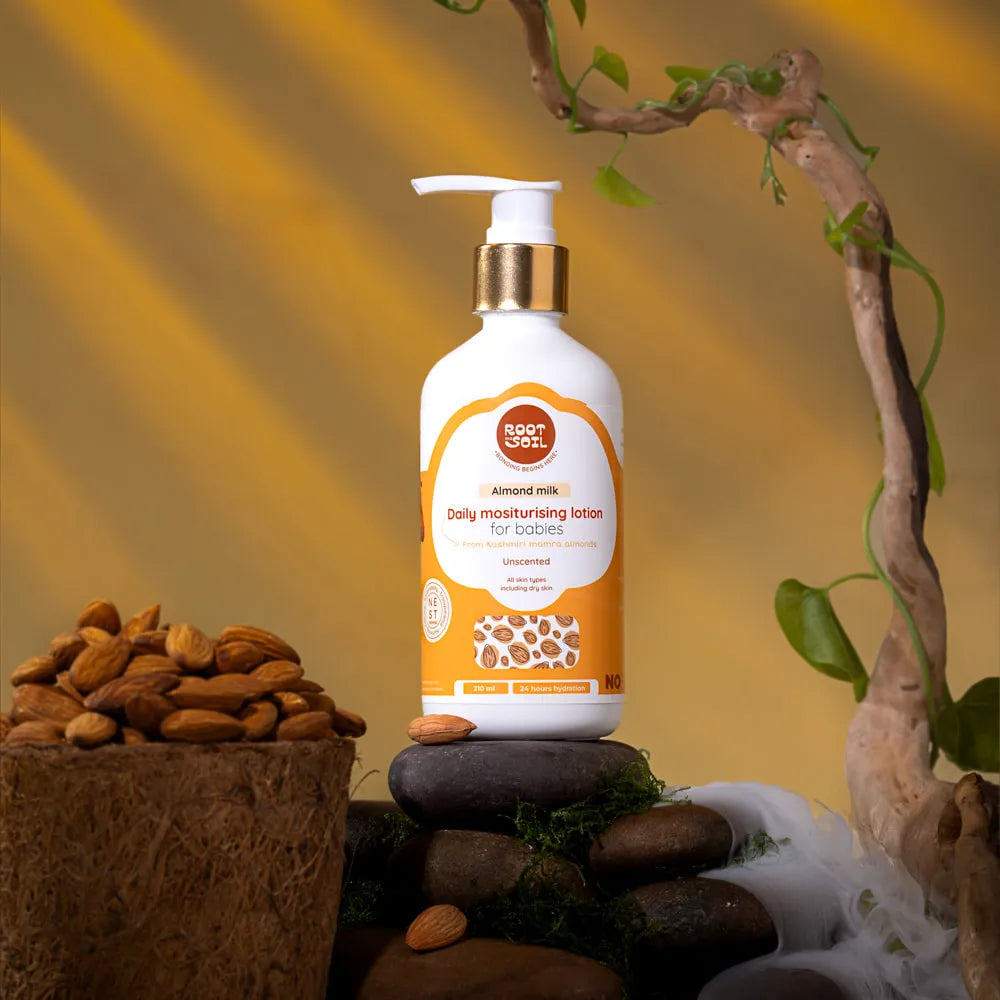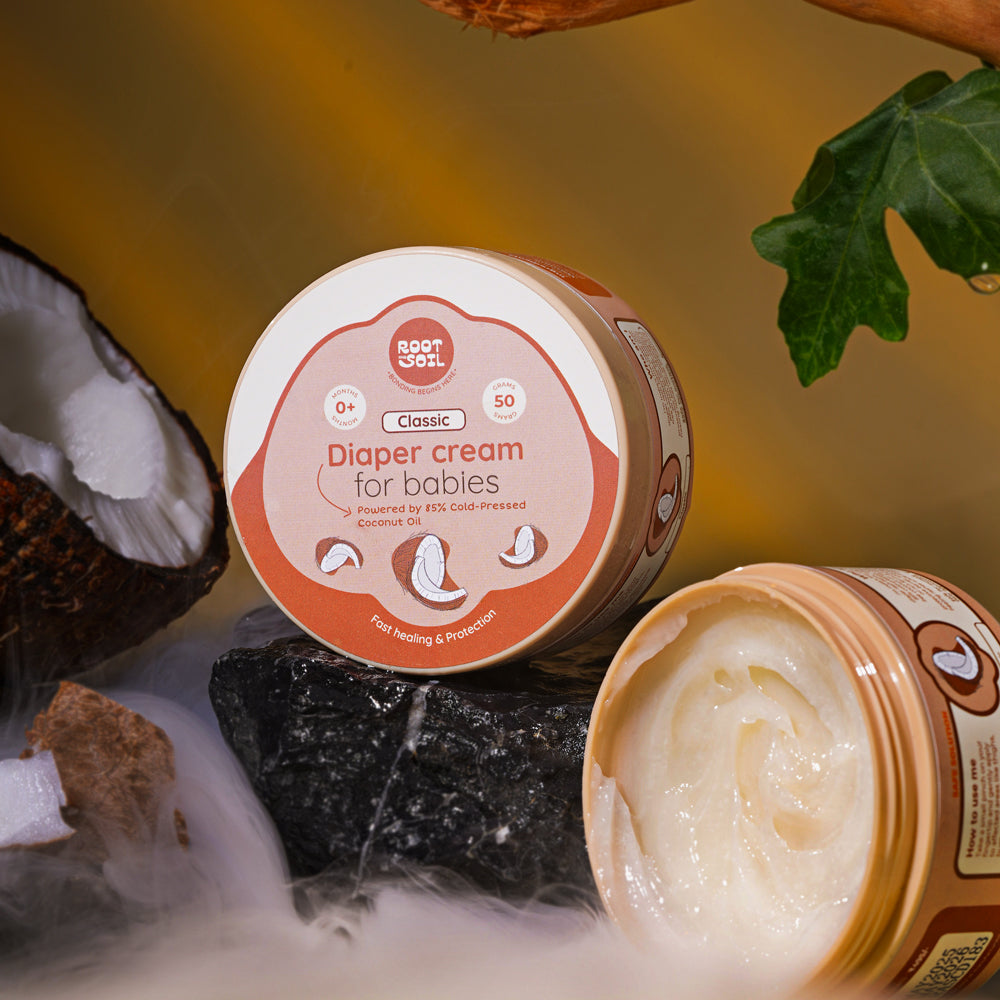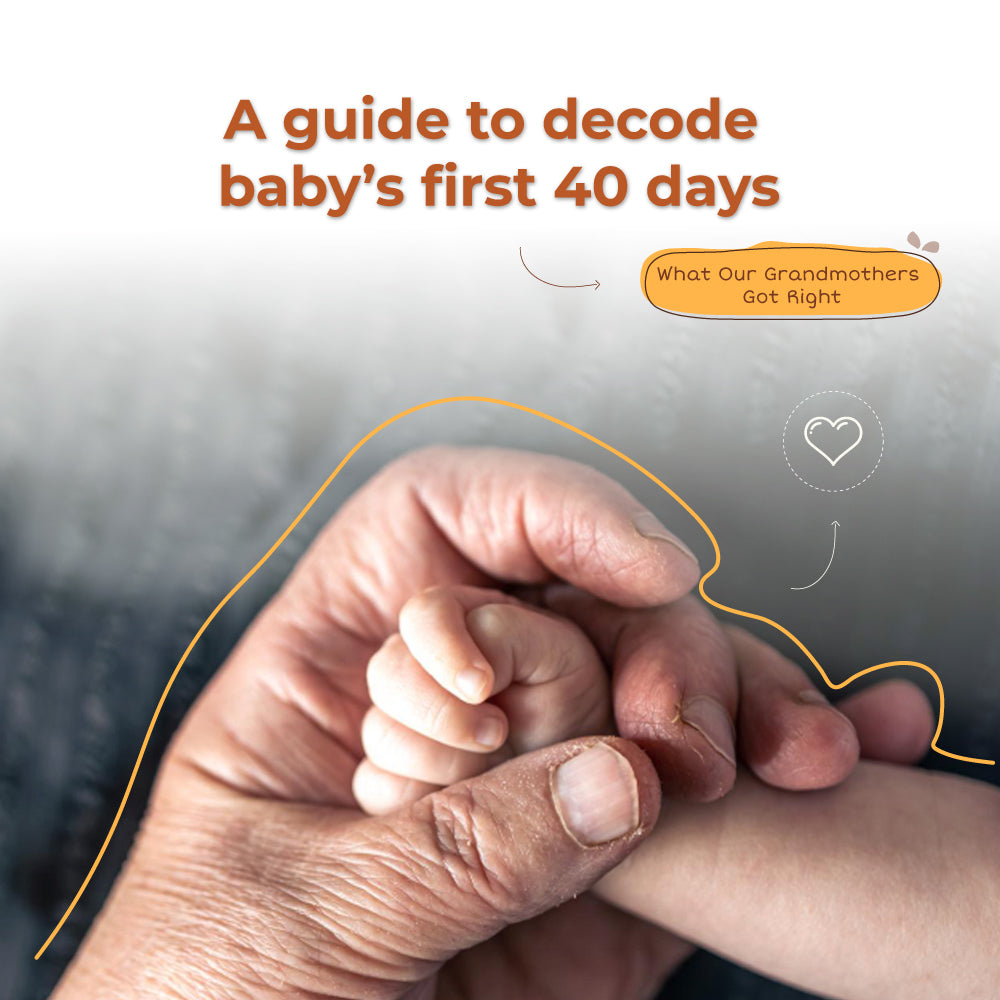
Top 7 First Foods for Babies (That Build Gut & Brain Health)
When it’s time for your baby’s first bite, every parent’s heart skips a beat — excitement, curiosity, and a little fear. What’s safe? What’s healthy? What did our mothers do?
This guide blends tradition with modern nutrition to help you make confident, mindful choices about your baby’s first foods — supporting both gut balance and brain development.
(Keywords integrated: best first foods for baby, weaning foods, solid food for 6-month-old, when to start solids for baby, gut health, baby brain development)
How to Know If Your Baby Is Ready for Solids
Pediatricians (like AAP & IAP) recommend introducing weaning foods at around 6 months, alongside continued breastfeeding. But every baby is unique — look for readiness cues:
-
Baby can sit upright with minimal support.
-
Shows interest when you eat.
-
Opens mouth when offered food.
-
Has lost the tongue-thrust reflex (no more pushing food out).
-
Doubled birth weight and seems curious about textures.
If your baby meets these signs, it’s time to begin a gentle food journey — not to replace milk, but to explore new tastes and strengthen digestion.
The Top 7 First Foods for Baby — Backed by Science & Tradition

1. Moong Dal Water (or Moong Puree)
Light, protein-rich, and easy to digest — moong (green gram) is an ideal first food for baby. It builds gut flora and introduces natural plant protein.
Nutrition note: Iron, potassium, and folate for blood formation and growth.
Root and Soil Tip: Start with strained dal water, then move to soft moong mash.
2. Single-Grain Rice Cereal or Rice Gruel
A staple for generations. Rice is hypoallergenic, gluten-free, and gentle on little tummies.
Nutrition note: Provides steady energy, easy carbohydrate digestion, and is less likely to cause allergies.
Root and Soil Tip: Use homemade rice powder or hand-pounded rice — skip boxed cereals.
3. Mashed Fruits — Banana, Apple, or Pear
Natural sweetness, zero additives.
Nutrition note: Bananas offer potassium and prebiotics that support gut health; apples and pears are rich in fiber and antioxidants.
Root and Soil Tip: Steam and mash for smoother texture; avoid raw fruits in early weeks.
4. Steamed & Mashed Vegetables — Carrot, Pumpkin, or Sweet Potato
These fiber-rich veggies are packed with beta-carotene (for vision) and minerals.
Nutrition note: Supports immunity and early taste training for savory foods.
Root and Soil Tip: Introduce orange veggies first, then green ones. Always mash well.
5. Homemade Ghee (A Teaspoon of Gold)
Tiny amounts of ghee — yes, even early on — aid nutrient absorption and brain myelination.
Nutrition note: Contains healthy fats, fat-soluble vitamins A, D, E, K.
Root and Soil Tip: Use pure, homemade ghee or Root and Soil’s baby-safe variant — never refined butter.
6. Masoor Dal or Rice-Dal Mix
Combines amino acids for a complete protein source, a perfect Indian comfort start.
Nutrition note: Builds muscle and supports tissue growth.
Root and Soil Tip: Start with 1:3 dal-to-water ratio, strain, and thicken gradually.
7. Ragi (Finger Millet) Porridge
A powerhouse grain — ancient, iron-dense, and calcium-rich.
Nutrition note: Promotes bone growth and steady energy release.
Root and Soil Tip: Soak and sprout ragi before making porridge — easier on digestion and enhances nutrition.
Foods to Avoid in the Early Weaning Phase

-
Salt & Sugar: Burden baby kidneys and alter natural taste learning.
-
Cow’s Milk (as main drink): Hard to digest before 12 months.
-
Honey: May cause infant botulism.
-
Nuts or Chunks: Choking hazard; introduce later as pastes.
-
Processed or packaged baby food: Lacks freshness and real nutrition.
Root & Soil’s Take — Returning to the Bowl of Simplicity
Before weaning became commercialized, babies began solids with what the family ate — only softer, cleaner, and slower. Our grandmothers didn’t worry about ingredient lists, only about warmth, digestion, and connection.
At Root & Soil, we hold onto that wisdom:
-
No sugar, no synthetic flavoring.
-
Just simple grains, gentle fats, and edible-grade oils.
-
Every recipe honors gut health — the root of lifelong wellness.
Because feeding your baby isn’t a milestone; it’s a memory in the making.
Quick FAQs — First Foods for Baby
-
When is the best time to start solids?
Around 6 months, when your baby shows readiness cues and can sit upright. -
What’s the best first food for my baby?
Start with single-ingredient foods like moong dal water or rice gruel. Simple, soothing, and safe. -
Can I add salt or sugar to baby food?
No. Babies’ kidneys and taste buds are sensitive. Natural flavors are enough. -
How often should I feed solids at first?
Once a day for the first few weeks, gradually increasing texture and variety. -
Is homemade food better than packaged weaning foods?
Always. Homemade preserves freshness, purity, and family connection. -
When can I introduce fruits and vegetables?
From week 2 or 3 of weaning — begin with soft, cooked forms. -
Why is gut health important for babies?
A strong gut improves immunity, sleep, and even emotional regulation. -
Can ghee be used daily?
Yes, in small amounts. It enhances brain and gut function. -
Should I use cow’s milk or formula in porridge?
Use breast milk or boiled water until one year. Avoid cow’s milk. -
What if my baby refuses solids?
Be patient. Follow their cues, and never force. Every baby finds their pace.
Final Thought
Introducing solids is not just about nutrition — it’s about nurturing a relationship with food.
Let your baby’s first foods be real, simple, and full of love — just as nature intended.


















